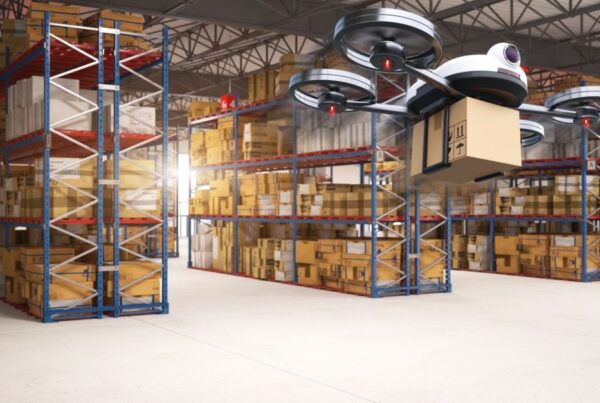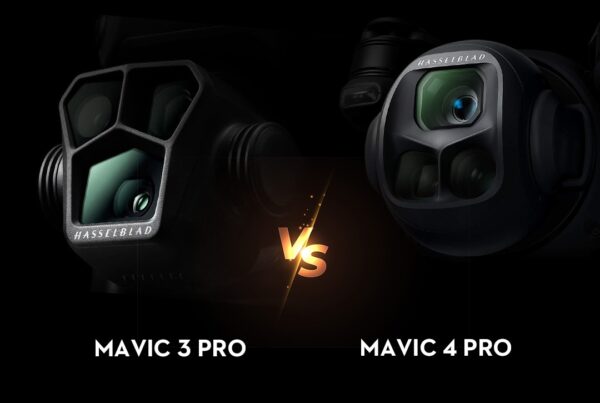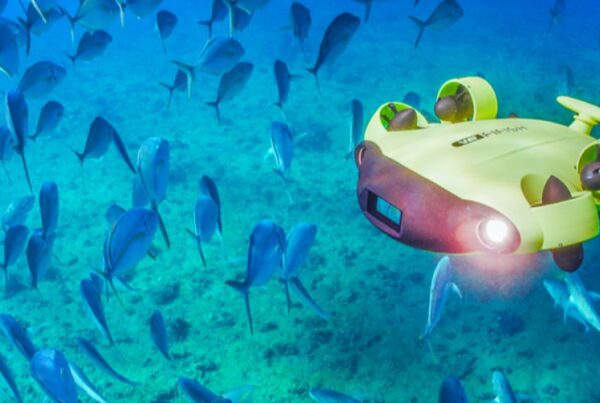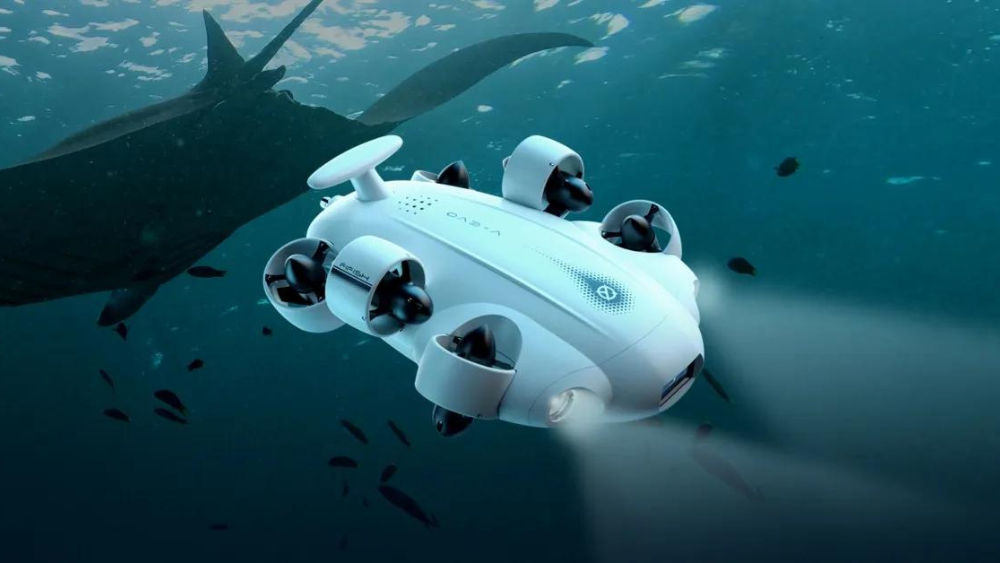
Introduction
Underwater exploration has long captivated the human imagination, offering a glimpse into the mysterious and vibrant world beneath the ocean’s surface. From the colorful, bustling communities of coral reefs to the dense, emerald canopies of kelp forests, the ocean’s ecosystems are rich with life and complexity. However, accessing these underwater wonders poses significant challenges, necessitating innovative solutions. Enter underwater drones, cutting-edge tools that are revolutionizing our approach to exploring and understanding the marine environment. These drones, equipped with advanced technology, enable us to venture into the depths, bringing back images and data that were previously out of reach. Among the leaders in this field are the QYSEA Fifish v-evo, QYSEA Fifish V6, QYSEA Fifish V6S, QYSEA Fifish pro W6, and QYSEA Fifish Pro V6 Plus, each designed to meet the diverse demands of underwater exploration.
The Importance of Marine Ecosystems
Coral Reefs
Often referred to as the “rainforests of the sea,” coral reefs are among the most biodiverse and productive ecosystems on earth. They provide habitat, food, and breeding grounds for an estimated 25% of all marine species, despite covering less than 1% of the ocean floor. Coral reefs also offer crucial benefits to humans, including coastal protection, tourism revenue, and fishery support. However, these vital ecosystems are under threat from climate change, pollution, overfishing, and destructive fishing practices. Monitoring and preserving coral reefs are essential for maintaining marine biodiversity and the many services they provide to humanity.
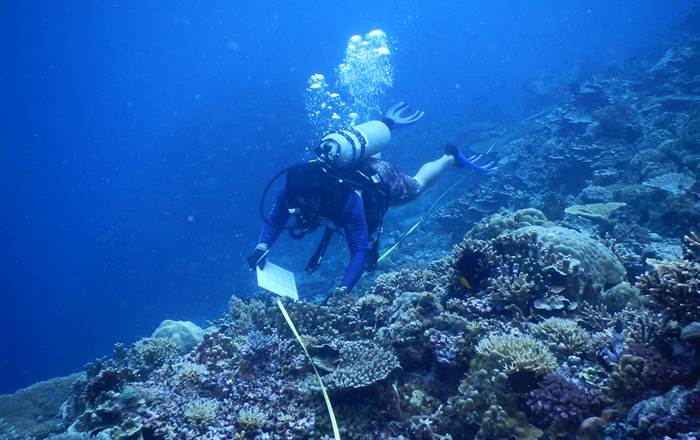

Kelp Forests
Kelp forests, towering underwater jungles, are equally important for marine biodiversity and the health of our planet. These seaweed communities support a wide array of marine life by providing food and shelter, significantly contributing to oceanic oxygen production. Kelp forests also act as vital coastal protectors, buffering shorelines against the erosive power of waves. Like coral reefs, kelp forests face threats from climate change, pollution, and overexploitation. Their health and survival are critical for marine ecosystems, coastal protection, and the global climate.
The challenges facing coral reefs and kelp forests highlight the urgent need for innovative approaches to monitoring and conservation. Underwater drones, with their ability to reach remote and delicate environments, offer a promising solution. By providing detailed imagery and data, these drones aid in the study, preservation, and management of these crucial ecosystems.
Underwater Drones: A Technological Marvel
The advent of underwater drones has marked a new era in marine exploration and conservation. Unlike traditional manned submersibles, these remotely operated vehicles (ROVs) offer a safer, more flexible, and cost-effective means of exploring the depths. Equipped with high-resolution cameras, advanced navigation systems, and a variety of scientific instruments, underwater drones can capture stunning visuals and gather critical data from the ocean’s most inaccessible regions. Their capabilities range from mapping and monitoring to collecting samples and even conducting restoration activities, making them invaluable tools for scientists, conservationists, and enthusiasts alike.
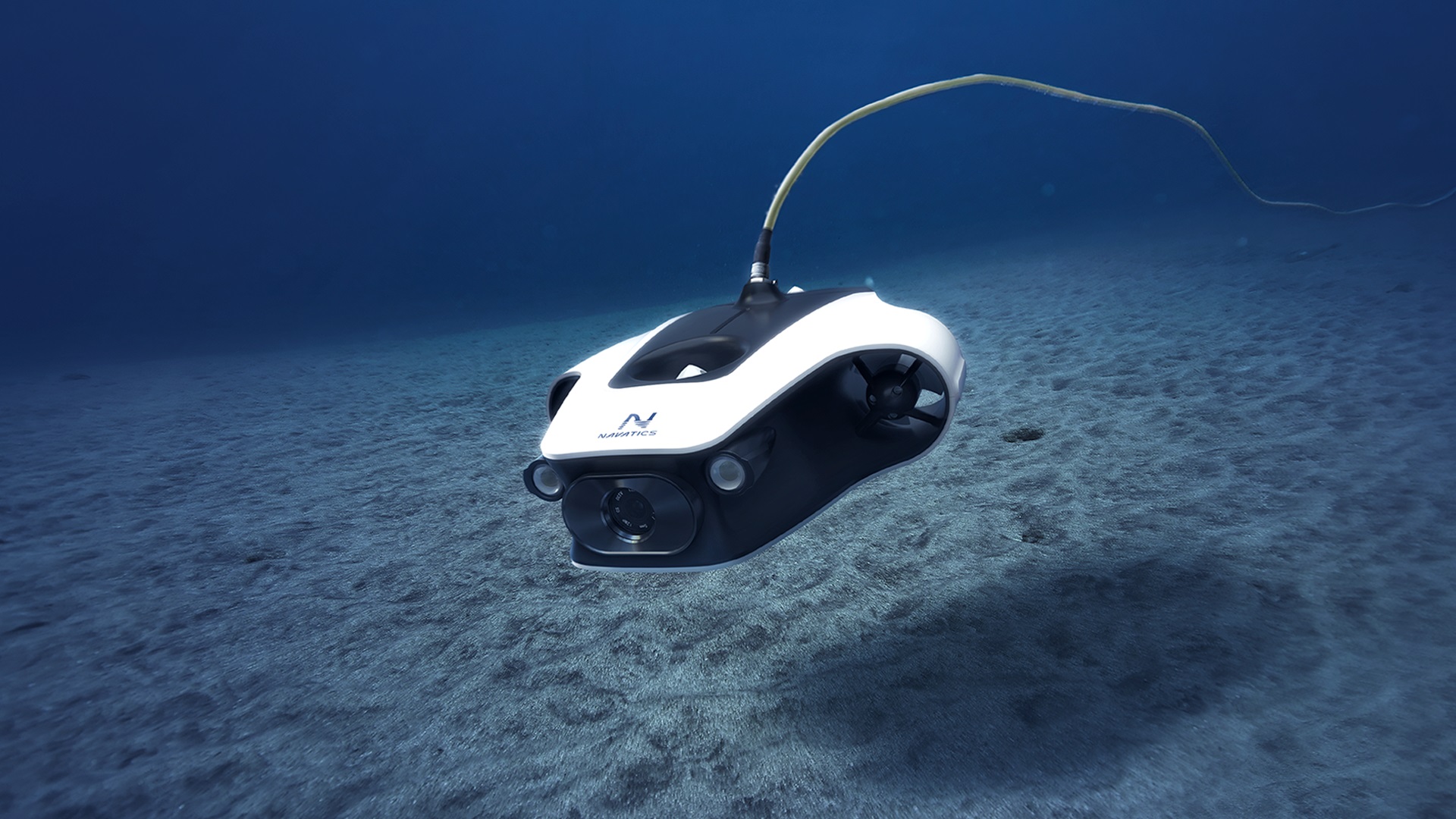
Exploring Ecosystems with QYSEA Underwater Drones
The QYSEA series of underwater drones stands out for their exceptional capabilities, designed to cater to both professional and recreational needs in marine exploration.
QYSEA Fifish v-evo: A pioneer in its class, the Fifish v-evo is renowned for its superior 4K UHD camera and omnidirectional mobility. Its precise control and stability make it ideal for capturing the intricate beauty of coral reefs, allowing researchers and filmmakers to document these ecosystems with unprecedented clarity and depth.
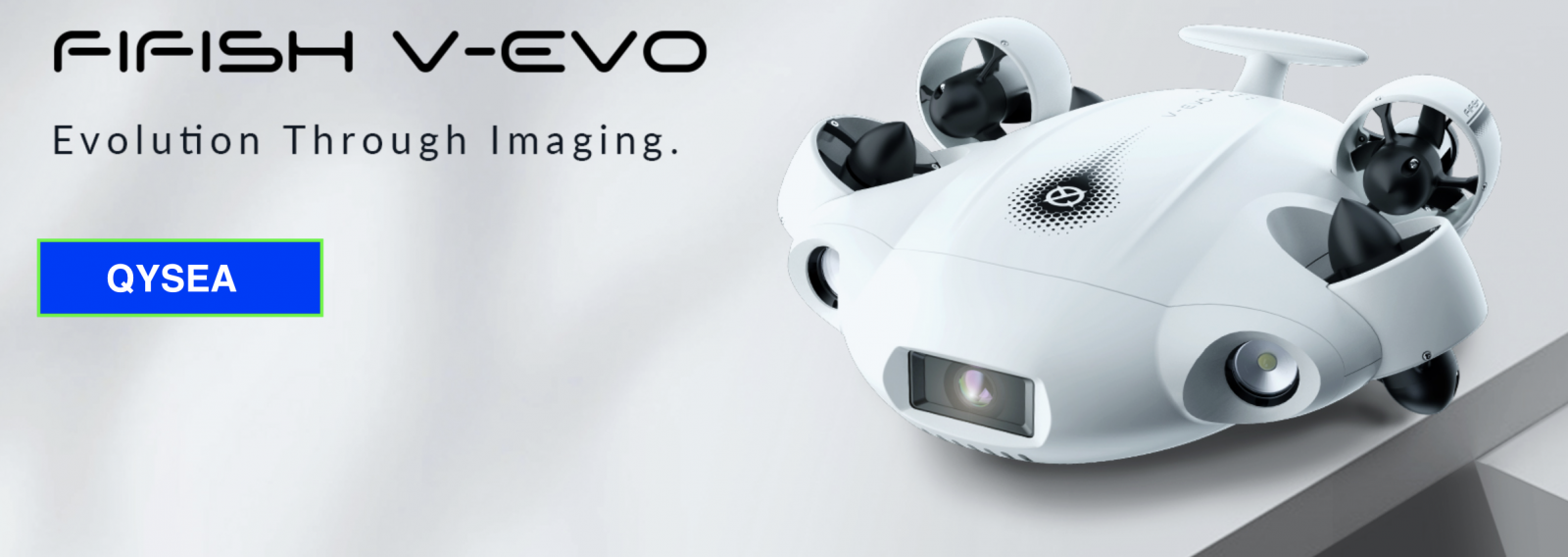

QYSEA Fifish V6: The V6 model takes versatility to the next level with its 360-degree freedom of movement. This feature is particularly beneficial for navigating the complex structures of kelp forests and coral reefs, offering unique perspectives and access to areas previously deemed unreachable.
QYSEA Fifish V6S: Equipped with a robust robotic arm, the V6S goes beyond observation, enabling direct interaction with the underwater environment. This capability is crucial for collecting samples, removing debris, and assisting in conservation efforts, such as coral transplantation.


QYSEA Fifish pro W6: Designed for deep-sea exploration, the pro W6 can dive to depths of up to 150 meters (492 feet), making it a powerful tool for scientific research and exploration in the most remote marine habitats. Its advanced sonar system and powerful lighting allow for detailed mapping and exploration of underwater canyons, wrecks, and deep-sea ecosystems.
QYSEA Fifish Pro V6 Plus: This model combines the best features of its predecessors with enhanced capabilities for professional use, including improved battery life and a more powerful camera. It is particularly suited for detailed environmental monitoring and high-quality underwater cinematography, offering breathtaking insights into the hidden wonders of the ocean.

Through the lens of these advanced underwater drones, researchers and conservationists can monitor ecosystem health, document changes, and implement conservation strategies with greater precision and effectiveness. The data and images collected contribute to a deeper understanding of marine ecosystems, informing efforts to protect and restore them for future generations.
Case Studies: Success Stories of Underwater Exploration
The application of QYSEA underwater drones has led to significant advancements in marine research and conservation, providing insights that were previously unimaginable. Here are a couple of instances where these drones have made a tangible impact.
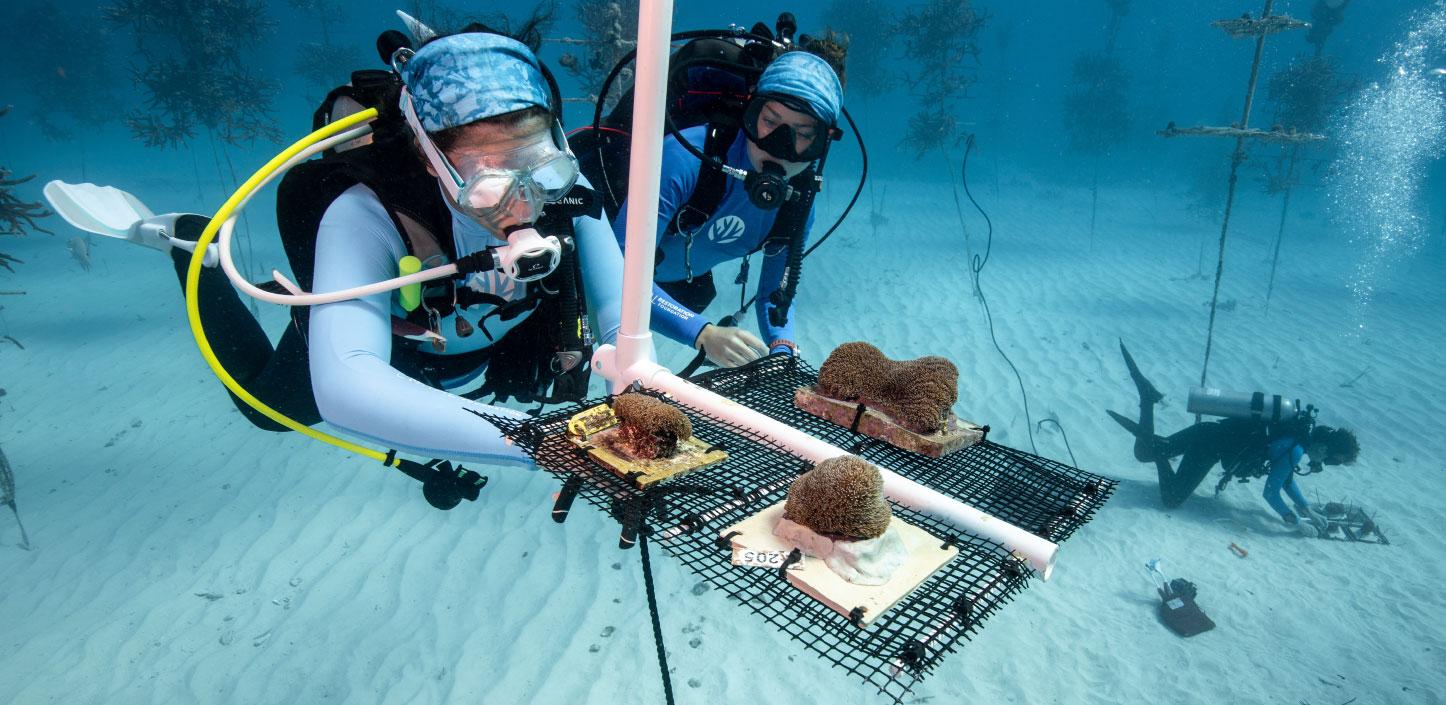
Coral Reef Conservation
In the Caribbean, researchers have been utilizing the QYSEA Fifish V6S to study the effects of climate change on coral reefs. The drone’s high-resolution imaging and maneuverability allow scientists to monitor coral health, growth rates, and the impact of temperature changes with unprecedented detail. Additionally, its robotic arm has been instrumental in transplanting healthy corals to degraded areas, a vital step towards reef restoration. This hands-on approach to conservation has shown promising results, with monitored reefs exhibiting signs of recovery and increased resilience against bleaching events.
Kelp Forest Preservation
Off the coast of California, conservationists have employed the QYSEA Fifish pro W6 to map and monitor kelp forest ecosystems. The drone’s ability to dive deep and navigate through dense kelp stands has provided valuable data on the health and extent of these forests. Through detailed imagery, researchers have been able to assess the impact of sea urchin overpopulation and identify priority areas for urchin removal efforts. These targeted actions have helped restore balance to the ecosystem, promoting the regrowth of kelp and the return of species diversity within these underwater forests.
These case studies underscore the vital role that underwater drones play in marine conservation. By offering a window into the underwater world, drones like the QYSEA Fifish series equip researchers and conservationists with the tools they need to protect and preserve these critical ecosystems.
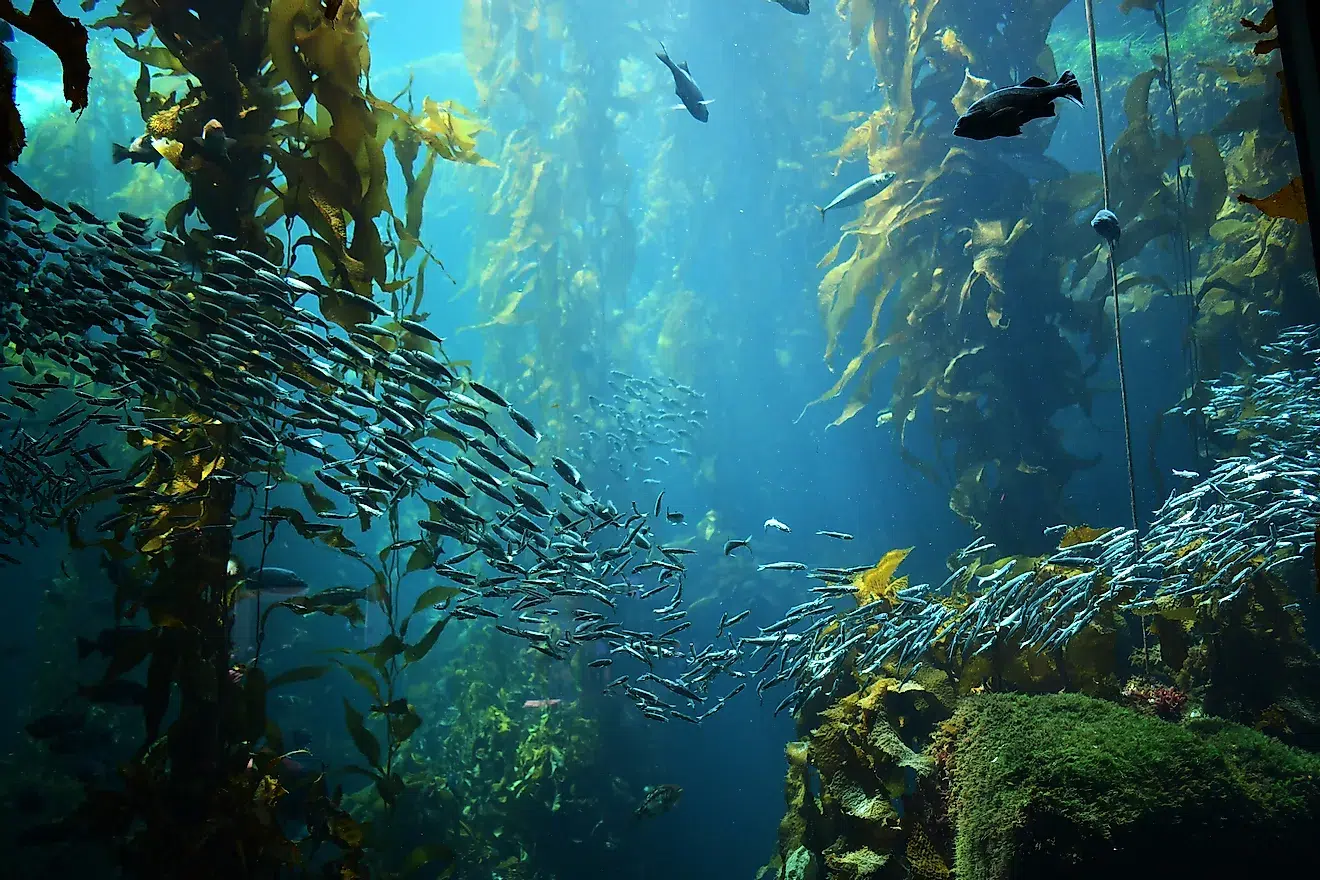
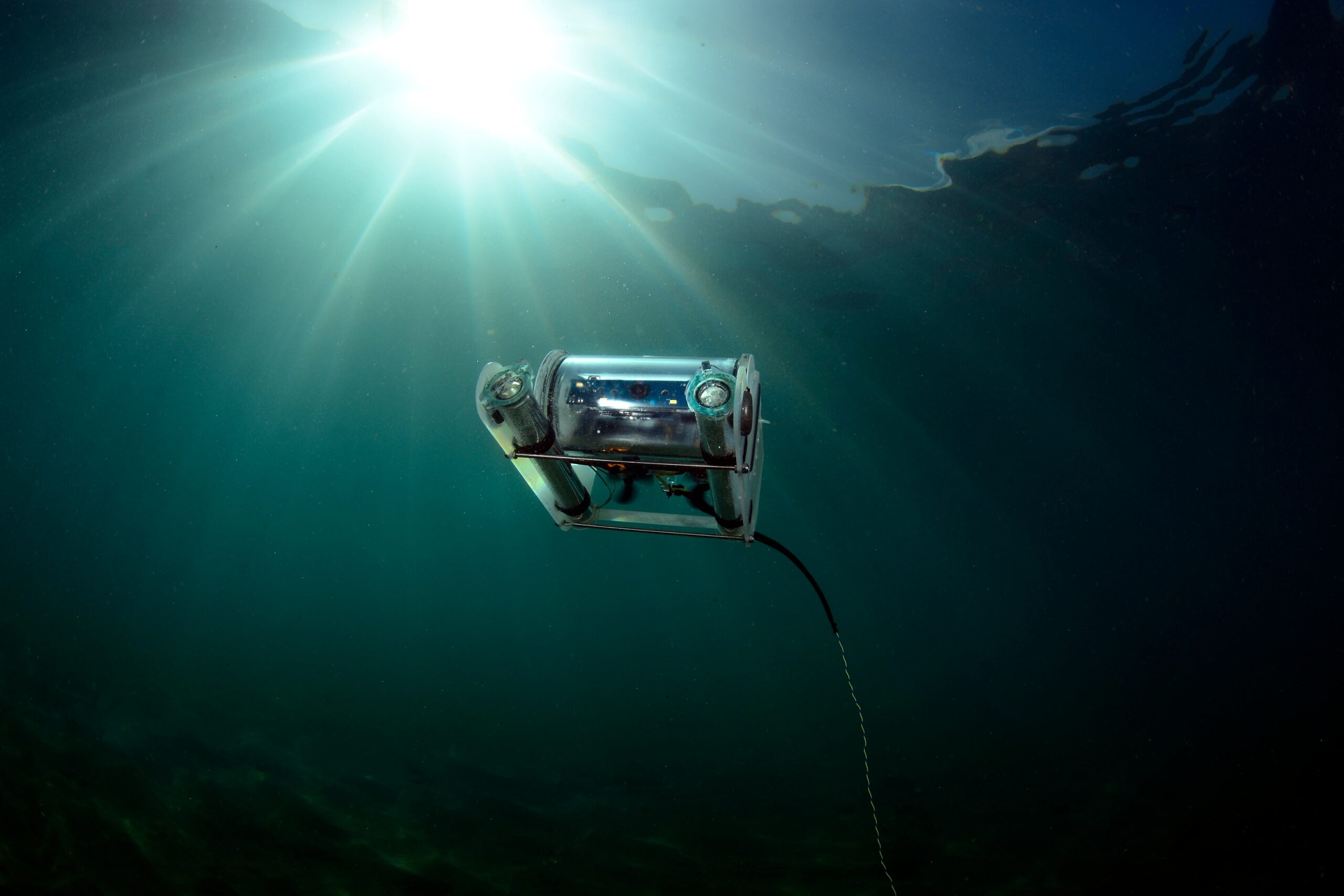
The Future of Underwater Exploration with Drones
The potential for underwater drones in marine exploration and conservation is boundless. As technology advances, we can anticipate drones that are even more capable, with extended battery life, enhanced imaging technology, and improved environmental impact assessment tools. Future generations of underwater drones may incorporate artificial intelligence to autonomously navigate complex environments and perform tasks such as identifying species, detecting health anomalies in coral reefs, and mapping vast areas of the ocean floor.
Moreover, the democratization of this technology means that not only scientists but also citizen scientists and conservation enthusiasts will have the ability to contribute to marine research and protection efforts. The increasing accessibility of underwater drones could lead to a surge in ocean literacy and engagement with marine conservation on a global scale.
Moreover, the democratization of this technology means that not only scientists but also citizen scientists and conservation enthusiasts will have the ability to contribute to marine research and protection efforts. The increasing accessibility of underwater drones could lead to a surge in ocean literacy and engagement with marine conservation on a global scale.
As we stand on the brink of this new era in ocean exploration, it’s clear that underwater drones like the QYSEA series will play a pivotal role in unlocking the mysteries of the deep and safeguarding the health of our planet’s most vital ecosystems.
Conclusion
From the vibrant ecosystems of coral reefs to the towering kelp forests, the ocean’s wonders are vast and varied. With the advent of underwater drones, such as the QYSEA Fifish v-evo, V6, V6S, pro W6, and Pro V6 Plus, we have unprecedented opportunities to explore, understand, and protect these underwater treasures. As technology continues to evolve, the future of marine exploration looks bright, promising a deeper connection with the marine world and a stronger commitment to its conservation. Let us embrace these innovations, for they hold the key to preserving the ocean’s beauty and biodiversity for generations to come.

